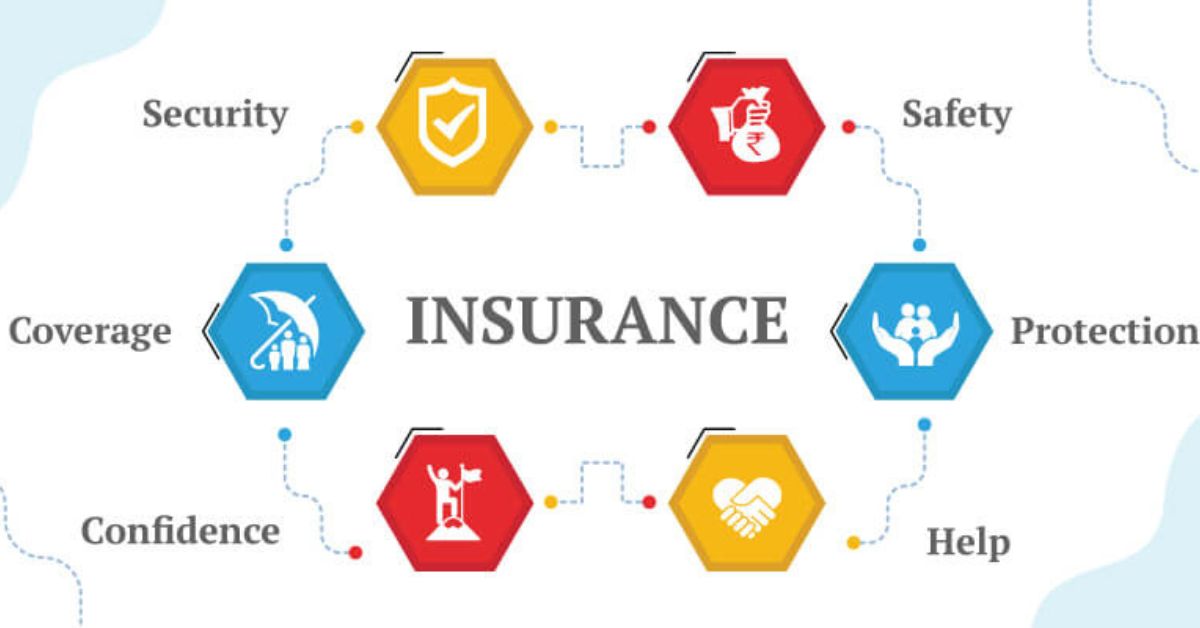A Brief Overview of the Insurance Sector: The insurance sector plays a crucial role in the global economy by providing financial protection against various risks. Here’s a brief overview of the insurance sector:
What is Insurance?
Insurance is a contract between an individual or entity (the policyholder) and an insurance company. In exchange for premium payments, the insurance company agrees to provide financial compensation in the event of specified losses or events, such as accidents, illnesses, property damage, or death. The primary purpose of insurance is to mitigate financial risks and provide a sense of security to individuals, businesses, and other organizations.
Read also: How To Reduce Your Car Insurance Costs
Key Components of the Insurance Sector:
- Insurance Companies:
- Insurance companies, also known as insurers, are entities that underwrite insurance policies and assume the financial risks associated with them. They collect premiums from policyholders and, in return, agree to pay out claims when covered events occur.
- Policyholders:
- Individuals, businesses, or organizations that purchase insurance policies to protect themselves against specific risks are known as policyholders.
- Insurance Policies:
- Insurance policies are contractual agreements outlining the terms and conditions of coverage. They specify the risks covered, the amount of coverage, premium payments, and other relevant details.
- Premiums:
- Premiums are the payments made by policyholders to insurance companies in exchange for coverage. Premium amounts are typically determined based on the level of risk, coverage amount, and other factors.
- Underwriting:
- Underwriting is the process by which insurance companies assess the risks associated with potential policyholders and determine the terms of coverage. It involves evaluating factors such as age, health, occupation, and lifestyle.
- Claims Processing:
- When a covered event occurs, policyholders submit claims to the insurance company for compensation. The insurance company assesses the validity of the claim and, if approved, pays out the appropriate benefits.
- Reinsurance:
- Reinsurance is a process where insurance companies transfer a portion of their risk to other insurers (reinsurers). This helps spread risk across the industry and ensures that individual insurers can handle large or catastrophic losses.
Types of Insurance:
- Life Insurance:
- Provides financial protection to beneficiaries in the event of the policyholder’s death.
- Health Insurance:
- Covers medical expenses and provides financial assistance for healthcare services.
- Property and Casualty Insurance:
- Protects against property damage and liability for injuries or damage caused to others.
- Auto Insurance:
- Provides coverage for damage to vehicles and liability for accidents involving automobiles.
- Commercial Insurance:
- Covers risks associated with businesses, including property, liability, and employee-related risks.
Regulatory Environment:
Insurance is heavily regulated to ensure the financial stability and solvency of insurance companies. Regulatory bodies set standards, monitor compliance, and protect the interests of policyholders.
Challenges and Trends:
- Technological Advances:
- The insurance industry is undergoing digital transformation, with the adoption of technologies like artificial intelligence, data analytics, and blockchain.
- Climate Change and Catastrophic Risks:
- Insurers face challenges related to an increase in natural disasters and the impact of climate change on risk assessment.
- Cybersecurity Risks:
- As technology advances, the insurance sector is increasingly addressing risks related to cyber threats and data breaches.
- Changing Consumer Expectations:
- Consumers are seeking more personalized and flexible insurance solutions, leading to changes in product offerings and distribution channels.
Conclusion
The insurance sector is dynamic, adapting to evolving risks and market conditions. As a result, it plays a vital role in supporting economic stability and individual well-being by providing a safety net against unforeseen events.










